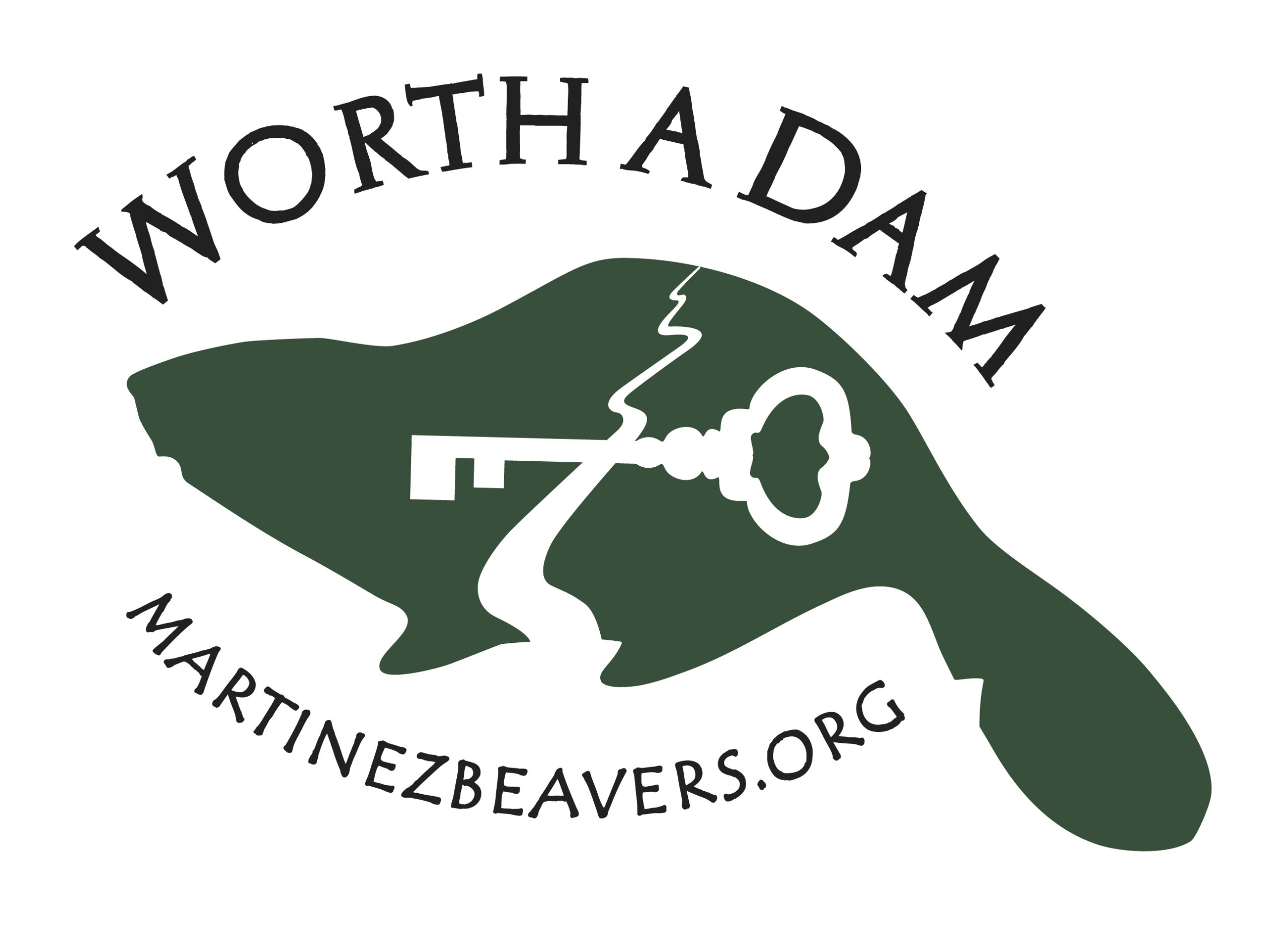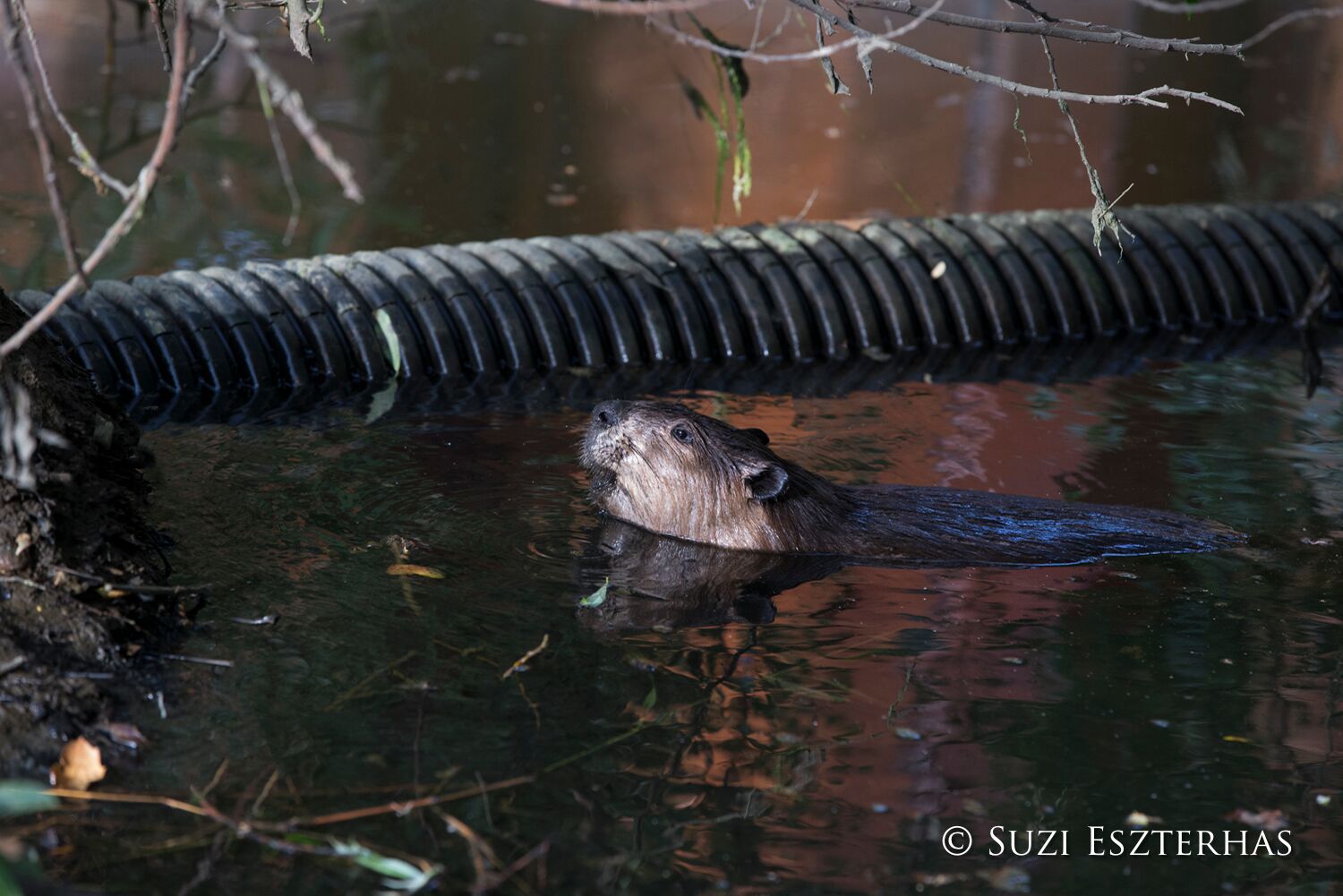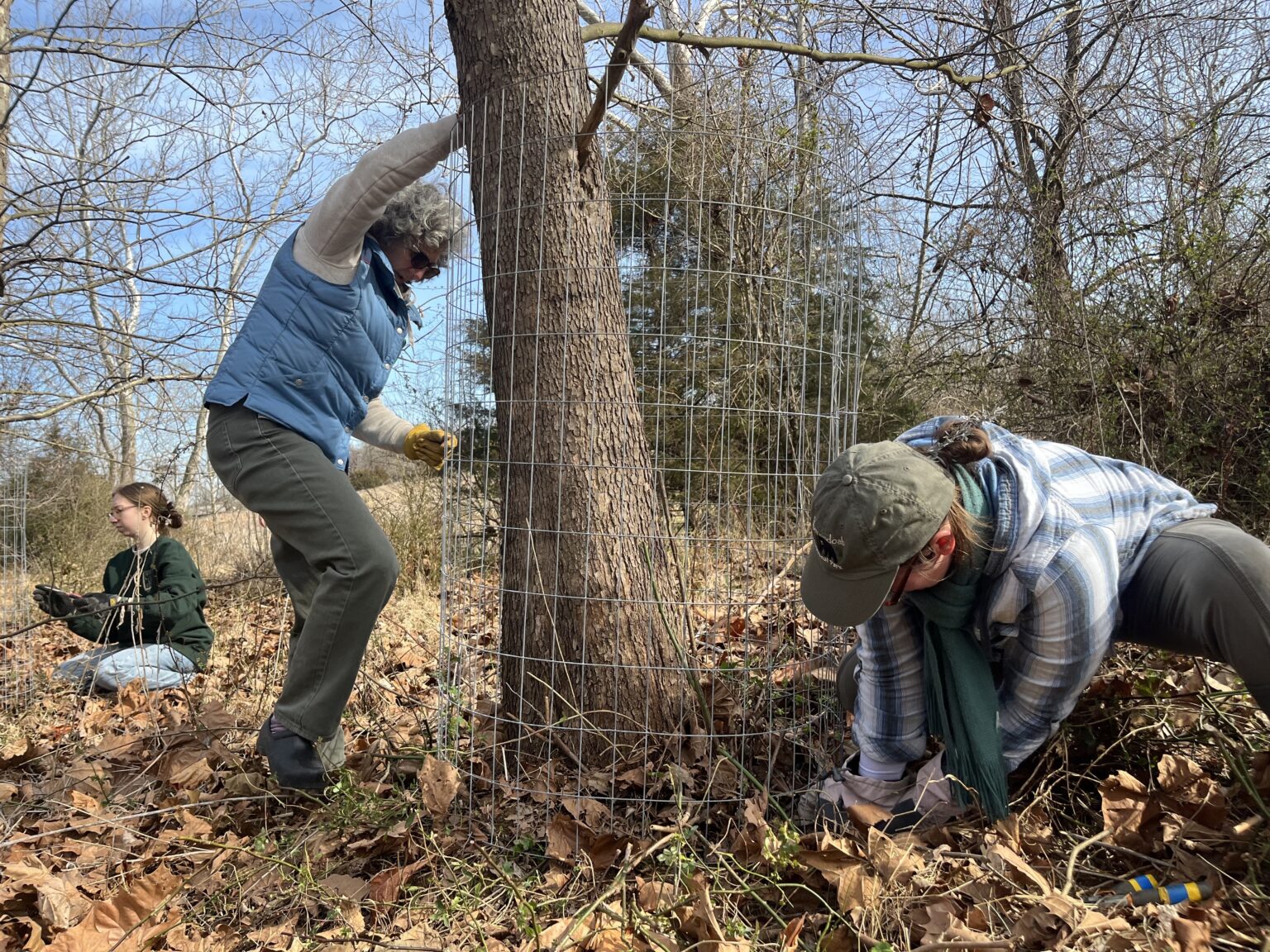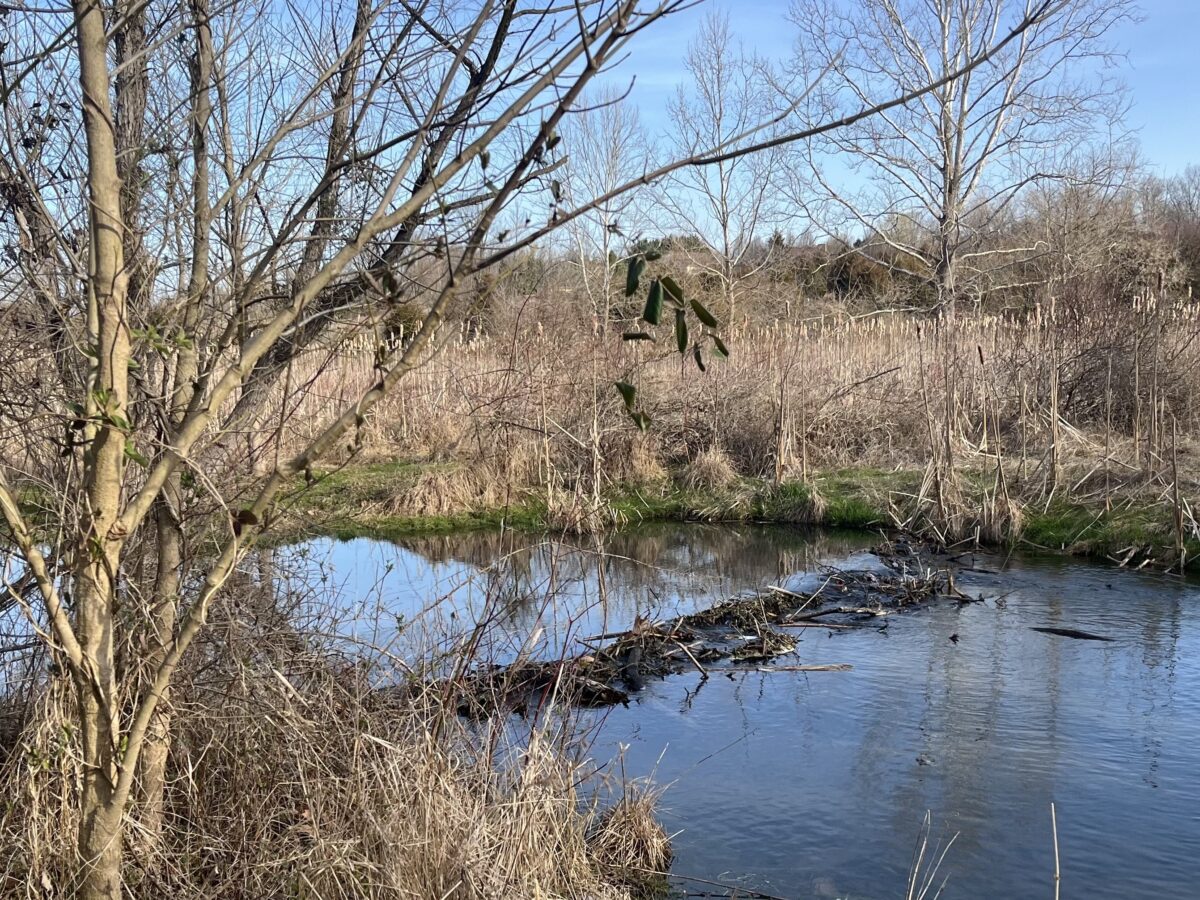Sniff, this is a proud morning for beaver advocates everywhere. 17 years after the Martinez beavers changed our world, another champion is unfolding her story. Hurray for the beavers of Orchard Park!
Bedeviled by beavers, Orchard Park chooses non-lethal solution
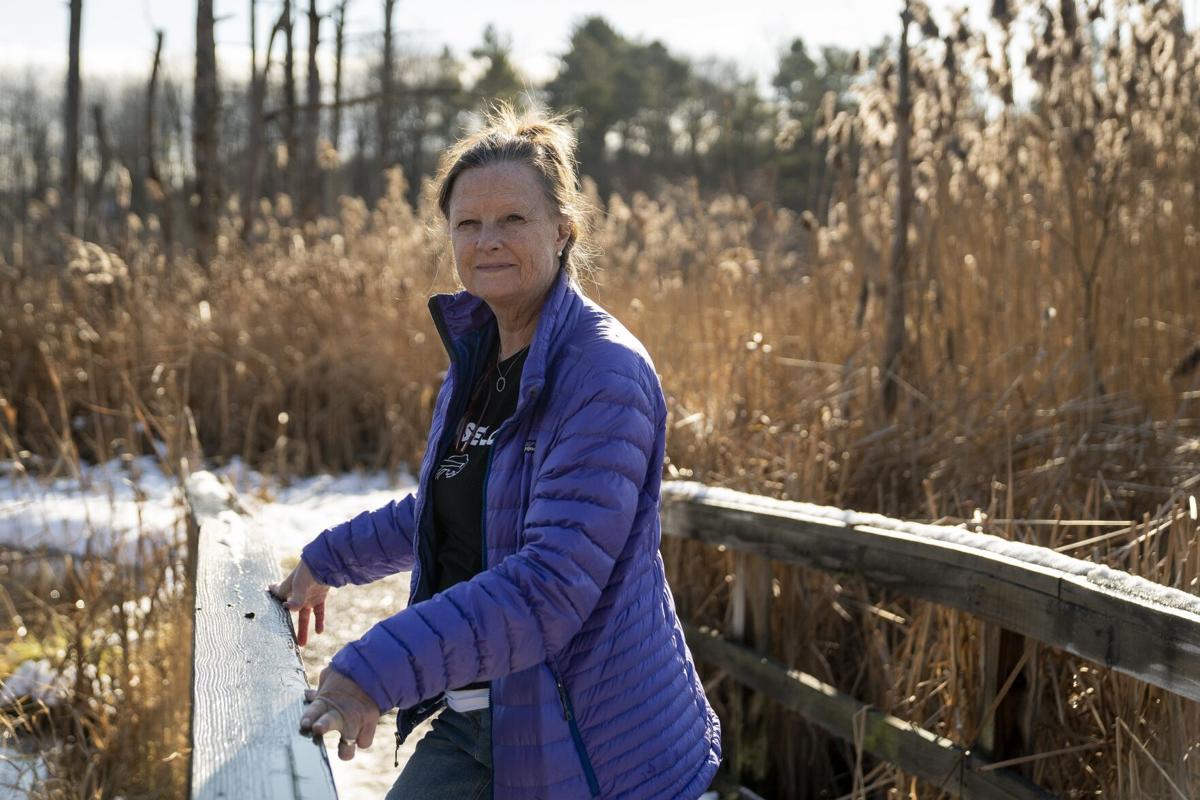 The beavers in Orchard Park’s Birdsong Park may be deceived, but not deceased, under a nonlethal means to control flooding.
The beavers in Orchard Park’s Birdsong Park may be deceived, but not deceased, under a nonlethal means to control flooding.
Town Board members approved a plan to split the cost of hiring a Vermont company to install devices to allow water to flow through the beavers’ dam in a way that fools beavers and does not stop the flow.
Beaver Deceivers International will install one to two devices in the pond and tree chew guards for a cost not to exceed $13,500. The cost will be divided between the town, the Friends of Birdsong and a grant the Friends group obtained, with the maximum contribution of $4,500 each.
Raise your hands if you recognize this story! I heard about the city’s agreement weeks ago but Julie wasn’t sure they had any beavers left. Was it too little too late? Yesterday Julie told me she just saw two at the pond and was over the moon.
The Friends group started lobbying the town late last year after the Village of Orchard Park hired a trapper to kill five beavers that had built a dam near Highland Avenue to prevent flooding. The Town Board approved a contract with the trapper for the beavers at Birdsong Park, but residents urged the town to investigate other methods.
Skip Lisle created his first beaver deceiver as a boy when a beaver clogged a culvert near his family’s property. He later earned a master’s degree in wildlife management, and honed his interest in beavers and saving the habitats they create into his company in 2001.
“One skilled person can eliminate the beaver conflict in a town with hand tools in a couple weeks for 50 years,” he said in a recording on his website.
Fifty years? that might be a little exaggeration there Skip, but we get the idea. That’s four generations of beavers. I wish Martinez had beavers for fifty years. Don’t you?
He maintains that killing beavers does not solve the problem, because the area will attract more beavers in the future.
The flow device usually includes a pipe that goes through the dam, creating a permanent leak to lower the level of the pond. The long pipe empties the water away from the dam, deceiving the beavers that would otherwise notice water flowing and fill up the hole.
Boy Scouts installed a similar pipe years ago but it doesn’t work anymore, according to Town Engineer Wayne Bieler.
Never send a boy scout to do a man’s job they say. Or adult woman’s job. Or trained young person. You know what I mean. Get a professional to do the work. And Skip invented the profession so he knows what he’s doing.
Before making arrangements with the company, Wettlaufer said she made sure the beavers were still in the park. There was a concern that they may have been the same beavers that were killed in December.
Wonderful work Julie. Things are headed in a very good direction and I’m thinking Orchard Park would be a great place for a beaver festival.
Happy Earth Day Julie and beaver friends! Just remember what Willly Wonka warned about the boy who got everything he always wanted.
